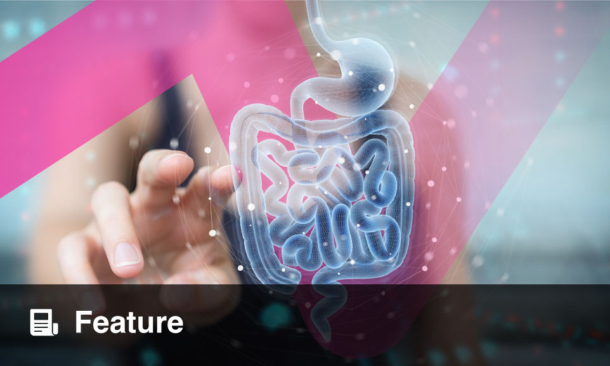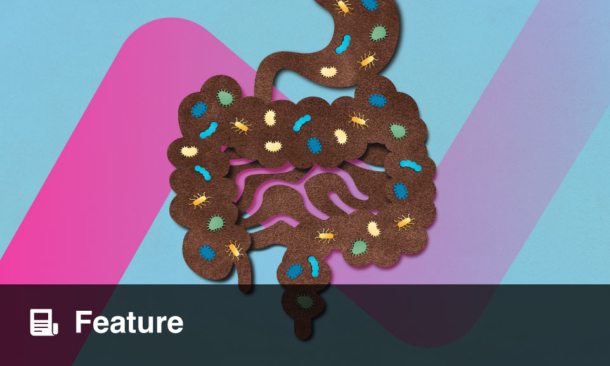PSYCHOSIS of epilepsy (POE) encompasses diverse phenotypes, with interictal psychosis being three times more prevalent than postictal psychosis (PIP), and often linked to rare pathogenic epilepsy gene variants and common risk variants for schizophrenia. In this study, researchers investigated the genotypic and phenotypic characteristics of 122 individuals with POE, highlighting the importance of recognising different POE subtypes for clinical diagnosis and precision medicine.
Patients were recruited from an epilepsy genetics research programme, where they underwent both phenotyping and genetic analysis. Of the 122 individuals, 70% exhibited interictal psychosis, with schizophrenia being the most common (42%), while 23% had postictal psychosis. A small proportion had psychosis induced by antiseizure medications or substances. Notably, focal epilepsies were more frequently linked with PIP (86%) than interictal psychosis (45%). Genetic analysis revealed that 29% of participants had a rare pathogenic variant, most commonly in epilepsy genes such as SCN1A and PCDH19, and 57% of those with such variants had interictal schizophrenia rather than PIP. Additionally, polygenic risk scores (PRS) for schizophrenia showed an enrichment of common risk variants in POE patients compared to controls, with interictal schizophrenia showing the highest PRS.
These findings underscore the diverse nature of POE and its genetic underpinnings, which are crucial for improving clinical practice. Recognising the distinctions between interictal and postictal psychoses, as well as the potential genetic markers, can enhance diagnostic accuracy and inform the development of targeted treatments for patients with epilepsy-related psychosis. Moving forward, the integration of genetic testing and PRS could enable more precise identification of at-risk individuals and the formulation of personalised therapeutic approaches in clinical settings.
Katrina Thornber, EMJ
Reference
Rayner G et al. Psychoses of epilepsy: unravelling the phenotypic and genotypic features. Annals of Neurology. 2025;DOI:10.1002/ana.27209.








